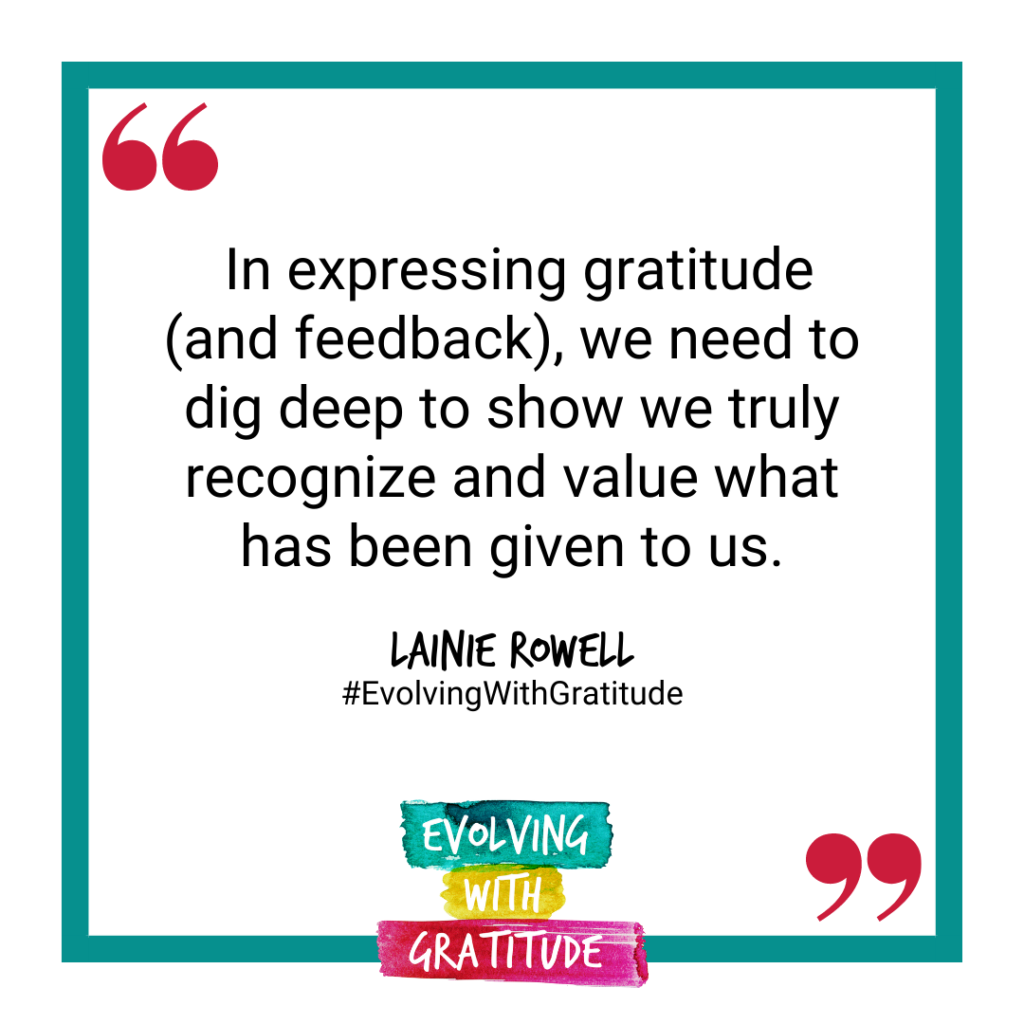I have been feeling quite off lately, and I have noticed that some of the habits that had helped me get a hold of my physical and mental health had started to fall off.
Not big things like exercising daily and most of my meals being healthy, but smaller things that added up over time. For example, I have not had a soda in 2 years and don’t miss them at all, and typically I have a water bottle with me at all times. I still haven’t sipped soda, but I started getting back into flavored drinks like crystal light, etc. Now, anything in moderation is good, but I was having that all of the time.
Weighing myself each day helped me on my weight loss journey as well. Now, this is a tricky one because you can fall into an obsessive space where you weigh yourself multiple times in a day, and I think, as I said above, anything in moderation is fine, but there can be too much of any good thing can become a bad thing. But I wasn’t weighing myself at all, which allowed me to snack a little bit more here and there. Like grades on a test, weight is not a way that anyone should be defined, but it can be added as part of a puzzle to keep in line with fitness goals.
So after avoiding the scale for a while, I decided to get back on and see the unknown. It wasn’t horrible or anything, but my weight was higher than I was comfortable with, and I knew I could spiral into a bad space.
I distinctly remember the first time I weighed myself after probably 2-3 years of avoiding the scale and seeing that my weight was 40 pounds heavier than I thought I weighed. I was so upset that I laid back in bed and needed to cry it off.
I saw the weight this time, was disappointed, hopped into the shower, and got right back to work. I a) knew what I had to do and b) knew that I could do it.
So here are a few things that have helped me get back on track that you can apply to different parts of your life. I picked up some of these ideas from computer scientist Lex Fridman in his “day in the life” video, and I wanted to share them with you all.
1. I started my day with gratitude. I focused on the things that I had, such as a wonderful family, the ability to exercise, and just for being in this world another day. If I have learned anything over the past few years, life is short, and it is crucial to recognize the time we have. This set the tone for the day, and Lainie Rowell’s new book on the topic helped me with this idea.
2. I visualize the day I want to have ahead of me. Fridman talks about this in his podcast and how he would visualize what a good day would look like for him, and I started to do the same. I would think of the meals I would eat in a day, what a good workout would look like, how I could feel accomplished in my life, and how I could bring a smile and laughter to my kids. It is much easier to bring these things to fruition if you start the day intentionally thinking about how you will achieve them.
3. I work toward perfection, knowing I can never achieve it. There are so many ideas of “progress over perfection,” and I get that. The fear of “perfect” can put us into a space where we don’t even try in the first place. That is not what I am talking about. I am talking about the idea that I strive to do things to the point of “perfect,” whether that is a repetition of weights, a run, or giving the “perfect” keynote. Understand that these things will never happen in perfection. Ever. That is the point. But I still strive for those moments, knowing that they will only help me grow. The journey is what I am focused on, not the endpoint. I recently heard the following sentiment (author unknown):
“The person who loves the end destination will never get as far as the person who loves walking.”
The endpoint of “perfection” is a pursuit that makes me focus more on the journey to constant improvement than anything.
I share all of this with you not to tell others what they should do but to reflect on what has helped me get back on track when I know I could fall back into negative patterns. The journey is never a straight line, and I think it is essential to share the “downs” on a path back to the “ups.”
